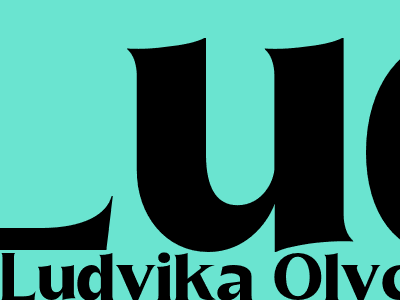The Complete Guide to SEO for Blogger.com: Optimizing Your Blog for Search Engines
Introduction
In today’s digital landscape, optimizing your blog for search engines (SEO) is crucial for reaching your target audience and driving traffic to your website. For Blogger.com users, understanding and implementing effective SEO strategies is essential for boosting visibility, increasing organic search rankings, and attracting more readers to your content. This comprehensive guide will provide you with a step-by-step roadmap to optimize your Blogger.com blog for search engines and achieve your SEO goals.
Keyword Research: The Foundation of SEO
Understanding Keywords
Keywords are the words and phrases that people use to search for information online. Identifying relevant keywords for your blog is crucial because they form the basis of your SEO strategy. Your content should naturally incorporate these keywords to make your blog more discoverable in search results.
Keyword Research Tools
To find the most effective keywords, use keyword research tools such as Google Keyword Planner or Ahrefs. These tools provide data on search volume, competition, and related keywords, helping you select the most relevant and high-value terms for your blog.
Long-Tail Keywords
In addition to primary keywords, consider using long-tail keywords, which are more specific and less competitive. These keywords have a lower search volume but can be highly targeted and effective for ranking in niche searches.
On-Page Optimization: Optimizing Your Blog's Content
Title Tags
Title tags are the clickable headlines that appear in search results. They should be concise, informative, and include your primary keyword. Keep title tags within 50-60 characters to ensure they are fully displayed in search results.
Meta Descriptions
Meta descriptions are brief summaries that appear below the title tag in search results. They provide a concise overview of your blog post's content and should include a call to action. Meta descriptions should be around 155-160 characters in length.
Header Tags (H1, H2, H3)
Header tags (H1, H2, H3, etc.) structure your content and indicate its importance to search engines. Use H1 for the blog post title, H2 for main sections, and H3 for subheadings. Include relevant keywords in your header tags.
Content Optimization
Create high-quality, informative content that provides value to your readers. Use keywords naturally throughout the content, but avoid keyword stuffing. Write for your audience, not for search engines.
Image Optimization
Optimize images by including relevant keywords in the file name and alt tags. Alt tags also help visually impaired users understand the content of your images.
Technical SEO: Enhancing Your Blog's Structure
Site Architecture
Ensure your blog has a clear and logical structure. Use categories and tags to organize your content, making it easy for search engines and users to navigate your website.
XML Sitemaps
Create an XML sitemap to help search engines discover all the pages on your blog. Submit your sitemap to Google Search Console for better indexing.

Comments